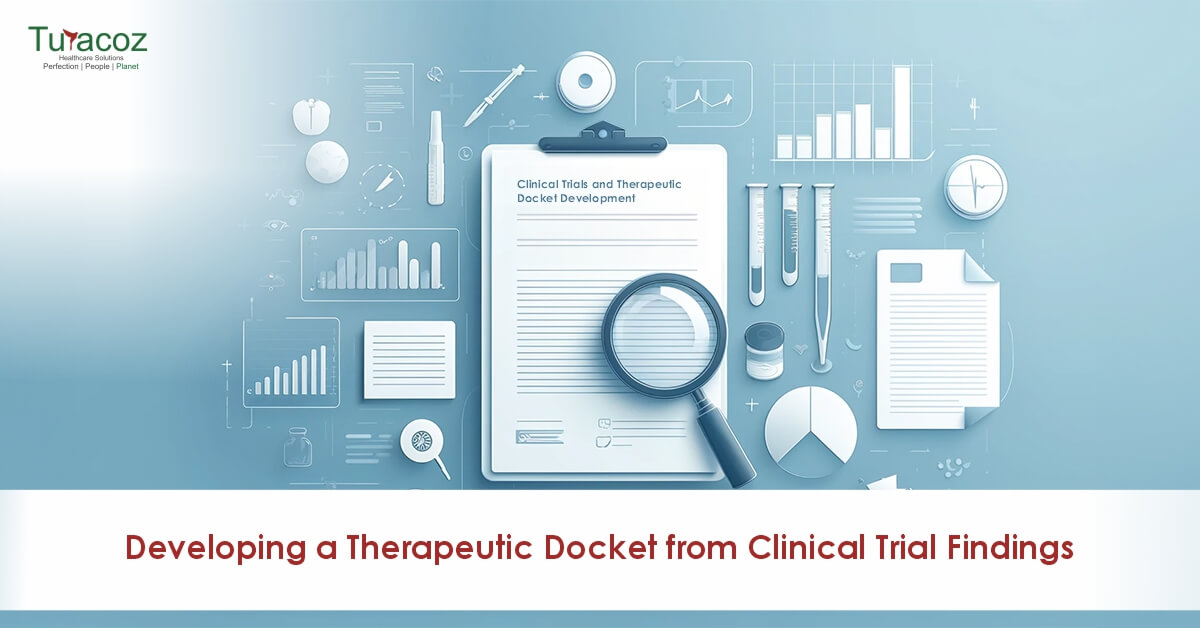
In the dynamic landscape of pharmaceuticals and healthcare, the dissemination of clinical trial data to healthcare providers (HCPs) plays a crucial role in informing treatment decisions. This case study delves into the strategic development of a therapeutic docket by a pharmaceutical company following the completion of a comparative clinical trial evaluating the efficacy of two cholesterol-lowering medications.
Background:
The pharmaceutical company, referred to as Company X, specializes in the development and marketing of innovative therapies aimed at addressing unmet medical needs. Recognizing the significance of evidence-based medicine, Company X conducted a comparative clinical trial to assess the efficacy and safety profiles of two cholesterol-lowering medications, designated as Drug A and Drug B, in patients diagnosed with coronary artery disease (CAD).
Objective:
The primary objective of this case study is to explore the strategic development of a therapeutic docket by Company X following the completion of a comparative clinical trial evaluating the efficacy of two cholesterol-lowering medications in patients diagnosed with coronary artery disease (CAD). The overarching goal of this endeavour was twofold:
Significance:
The significance of this objective lies in its potential to bridge the gap between clinical research and real-world clinical practice. By translating the findings of the clinical trial into a user-friendly educational resource, Company X aimed to empower healthcare providers with the knowledge necessary to make informed treatment decisions tailored to the individual needs of their patients. Furthermore, the development of the therapeutic docket underscores Company X’s commitment to scientific integrity, patient-centric care, and innovation in pharmaceutical communication strategies.
Methodology:
The clinical trial, conducted over a span of two years, employed a randomized, double-blind design to ensure rigorous scientific validity. Patients diagnosed with CAD were recruited from diverse clinical settings and randomly assigned to receive either Drug A or Drug B in addition to standard-of-care therapy. Adherence to treatment and occurrence of adverse events were closely monitored throughout the study duration, with stringent adherence to regulatory guidelines and ethical standards.
Development of Therapeutic Docket:
Following the successful completion of the clinical trial, Company X embarked on the strategic development of a therapeutic docket aimed at disseminating the study findings to healthcare providers in a concise and visually appealing manner. The docket, spanning four pages, was meticulously designed to incorporate key elements, including:
Implementation and Impact:
Turacoz, developed the therapeutic docket for Company X and it served as a valuable educational resource for healthcare providers, facilitating informed decision-making and enhancing awareness of the efficacy of their cholesterol-lowering medication. By strategically disseminating the clinical trial data in a user-friendly format, Company X effectively positioned its product as a viable treatment option for CAD, thereby potentially improving patient outcomes and strengthening its market presence.
Conclusion:
In conclusion, Turacoz, a medical communication company, took the challenge of the strategic development of a therapeutic docket based on clinical trial findings for a proactive and pivotal approach by pharmaceutical company to bridge the gap between scientific research and clinical practice. By leveraging evidence-based data and innovative design strategies, companies can effectively communicate the value proposition of their products to healthcare providers, thereby enhancing patient care and healthcare outcomes in several significant ways:
In essence, the strategic development of a therapeutic docket by Turacoz, a medical writing agency, represents more than just a means of disseminating clinical trial findings; it embodies a commitment to excellence, integrity, and patient-centered care. By embracing evidence-based data and innovative design strategies, pharmaceutical companies like Company X could make a meaningful impact on patient care and healthcare outcomes, ultimately contributing to the advancement of medicine and the well-being of individuals worldwide.

Objective This assignment required us to train a group of nephrology consultants on various key aspects of medical writing. The

Objective The client approached us with a challenging project that required the generation of consensus statement for prophylactic management of
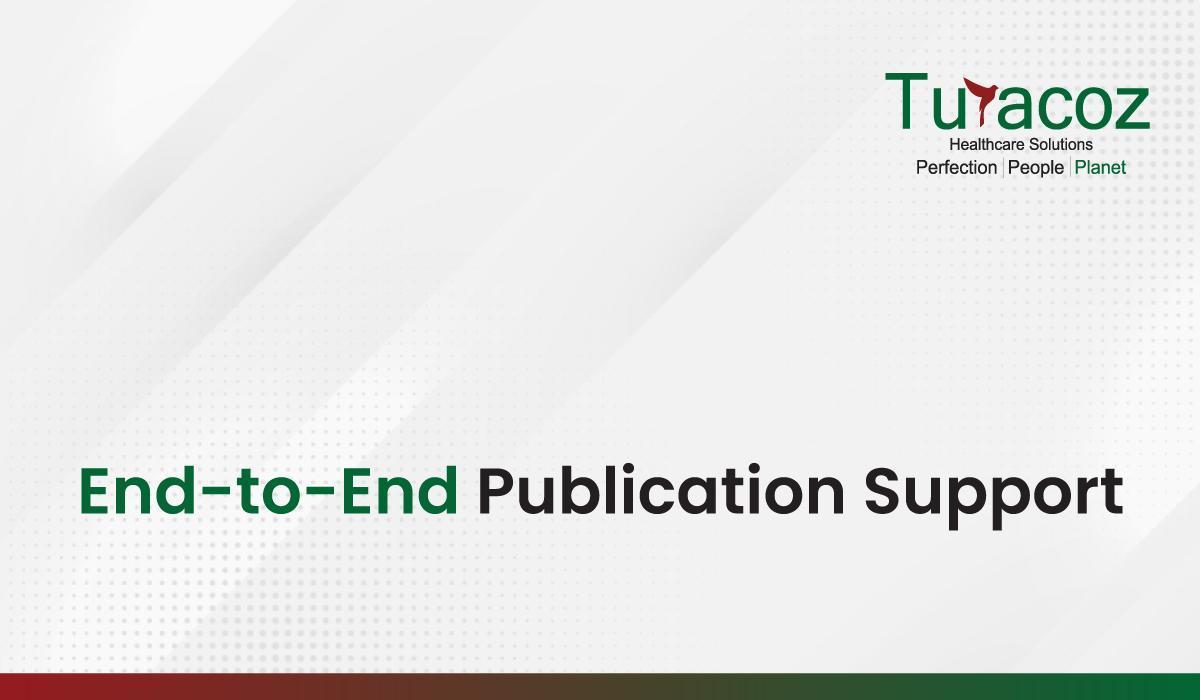
Objective The client approached us with a manuscript writing project which required drafting the manuscript, getting the same approved from
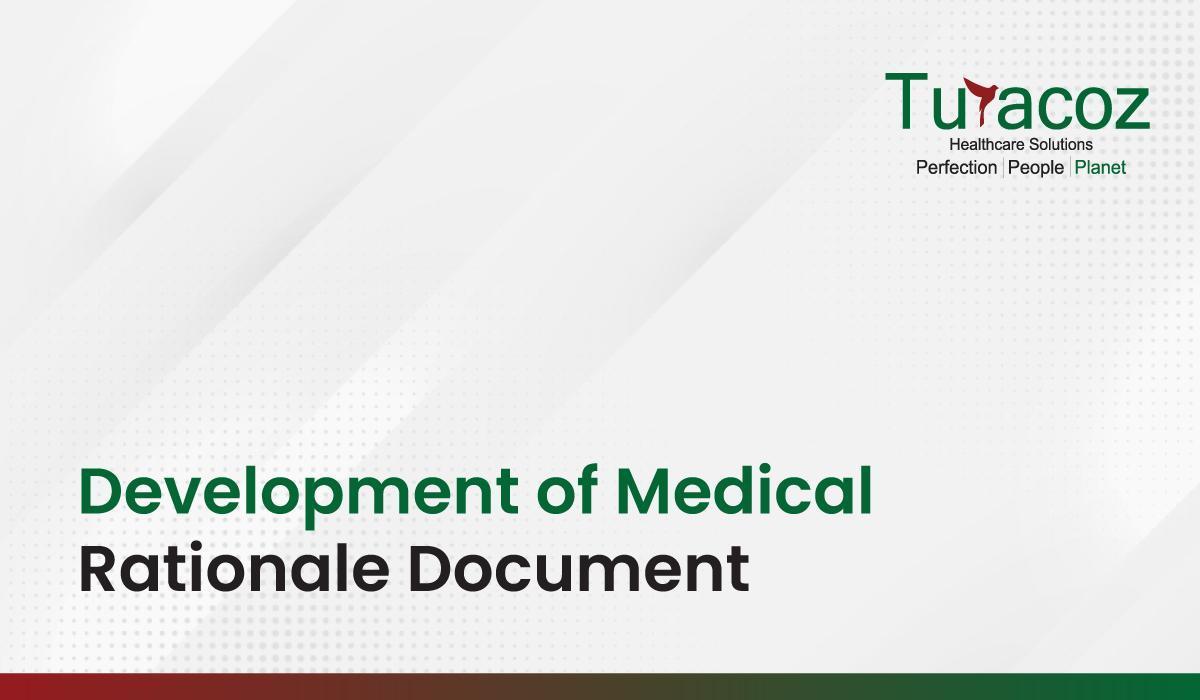
Objective The client specified that they required an intensive Medical Rationale Document (MRD) to be developed for a global study
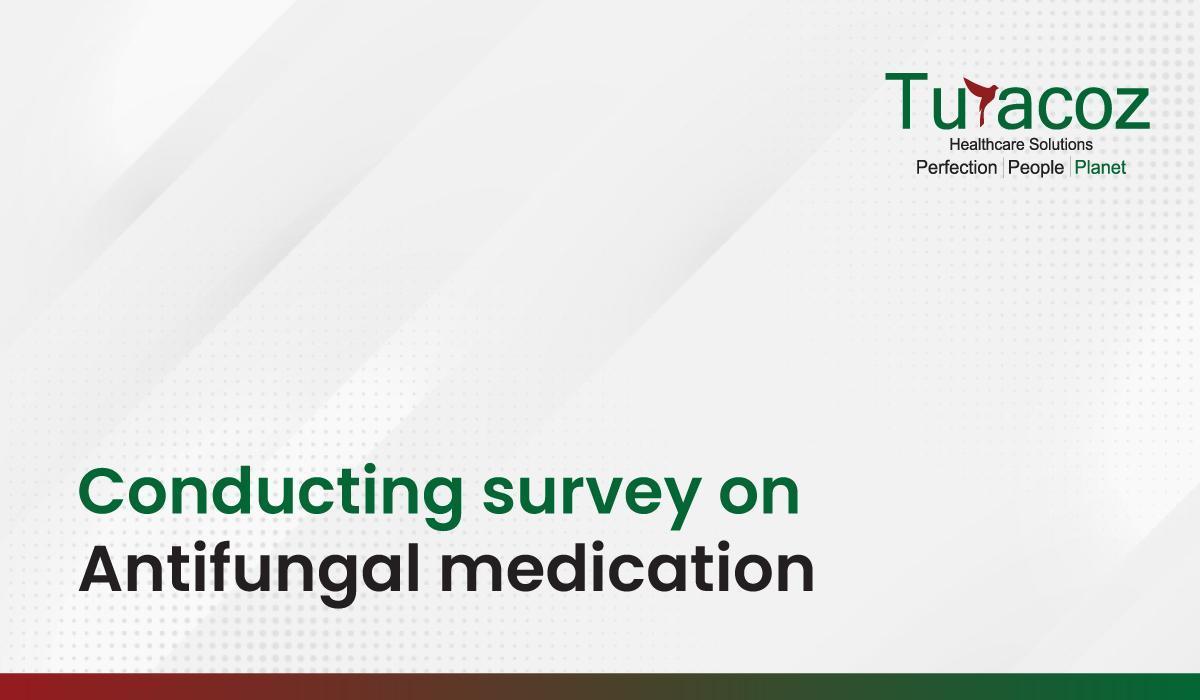
Objective The client (a leading pharmaceutical company) approached us with a project that required conducting a survey with the doctors.
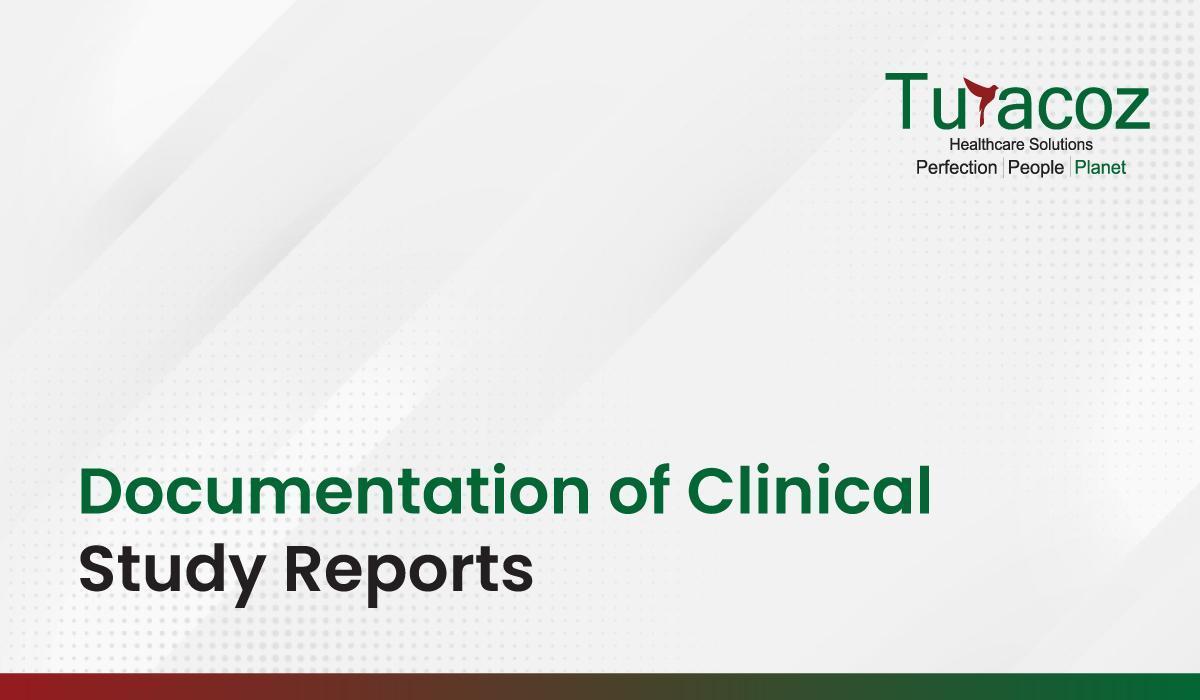
Objective The client approached us to develop the CSR for a phase 1 trial (therapeutic area: bone disorder). It was

Objective The client approached us with a challenging project that required the development of meta-analysis on the effect of phenobarbit

Objective To train and mentor the doctors on the good medical writing practices and address their publication related challenges.
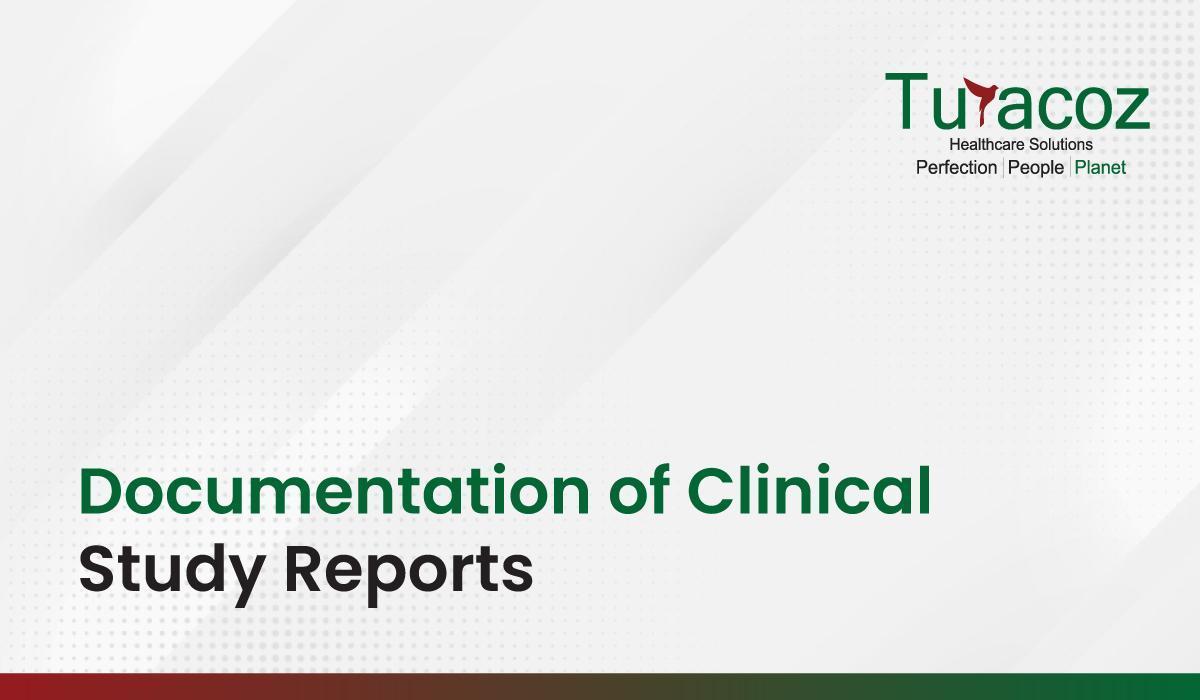
Objective To train and mentor the doctors on the good medical writing practices and address their publication related challenges.


Partner with Turacoz to bring science to life through strategic and evidence- based communication.